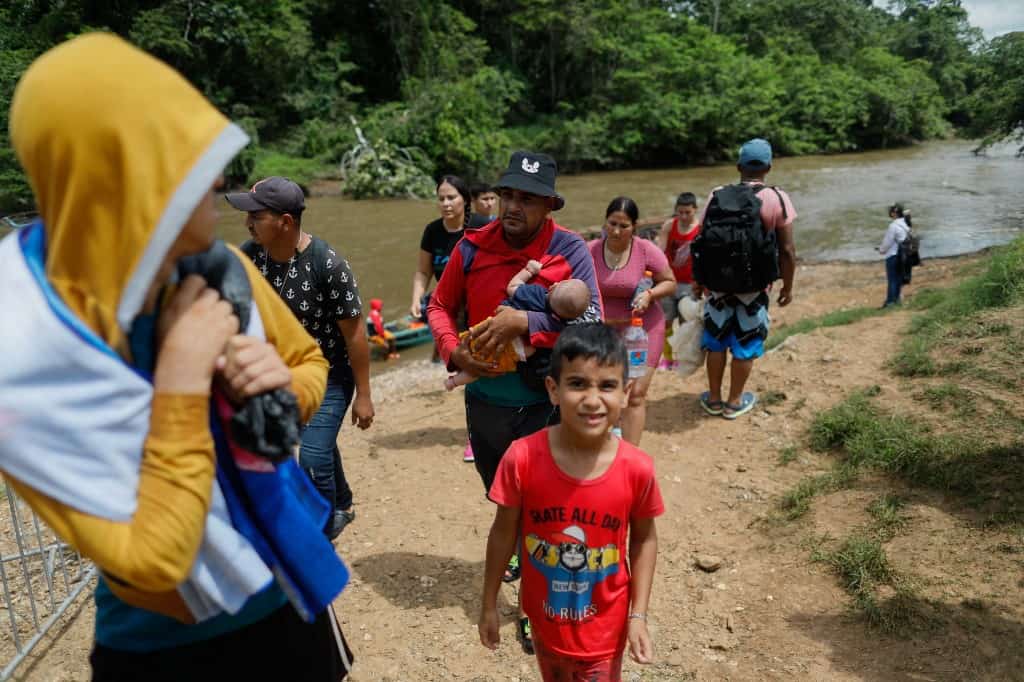Costa Rica is gearing up for another significant influx of migrants in 2024, with projections suggesting a near-doubling of figures from the previous year. Shirley Montenegro, the National Emergency Officer of the International Organization for Migration (IOM), anticipates that close to one million individuals will traverse Costa Rica en route to the United States.
Montealegre, basing projections on observed trends, estimates a minimum of 405,191 arrivals, though the actual figure could reach approximately 980,555 given the upward trajectory. Notably, a quarter of this influx comprises minors, with a significant presence of women.
While the majority of migrants continue their journey towards the United States, those in Costa Rica face pressing needs, including shelter, hygiene, and sustenance. Dehydration among travelers underscores the urgency for access to water and functional facilities.
The IOM underscores the necessity of engaging local communities impacted by the migrant influx, highlighting collaborative initiatives to mitigate adverse effects and foster cohesive responses.
Local authorities had initially projected a lower figure of around half a million migrants for 2024 but caution against underestimating the potential impact of political decisions, particularly those emanating from the United States. Chancellor Arnoldo André emphasizes the significance of the upcoming U.S. elections and its implications on immigration discourse.
Recalling past triggers for migratory flows, such as the 2022 Legislative Elections and the conclusion of pandemic-related emergency programs, underscores the urgency of addressing policy gaps before Washington implements reforms.
In response, Costa Rican authorities have initiated a coordinated transfer operation in collaboration with Panama, facilitating the transit of migrants from the southern to the northern border. President Rodrigo Chaves lauds this strategy as successful in managing the influx.
“When we visited (the Darien jungle) in October, President Cortizo and I reached several agreements. They have become an example for the rest of the world of how two united nations can work. Panama isnt obstaclizing migrant flows and neither are we. In the end, we want to help people,” President Chaves said.
The IOM recalled the importance of looking beyond the numbers and remembering that these are people in vulnerable conditions, who are looking for a better future and who need help.






